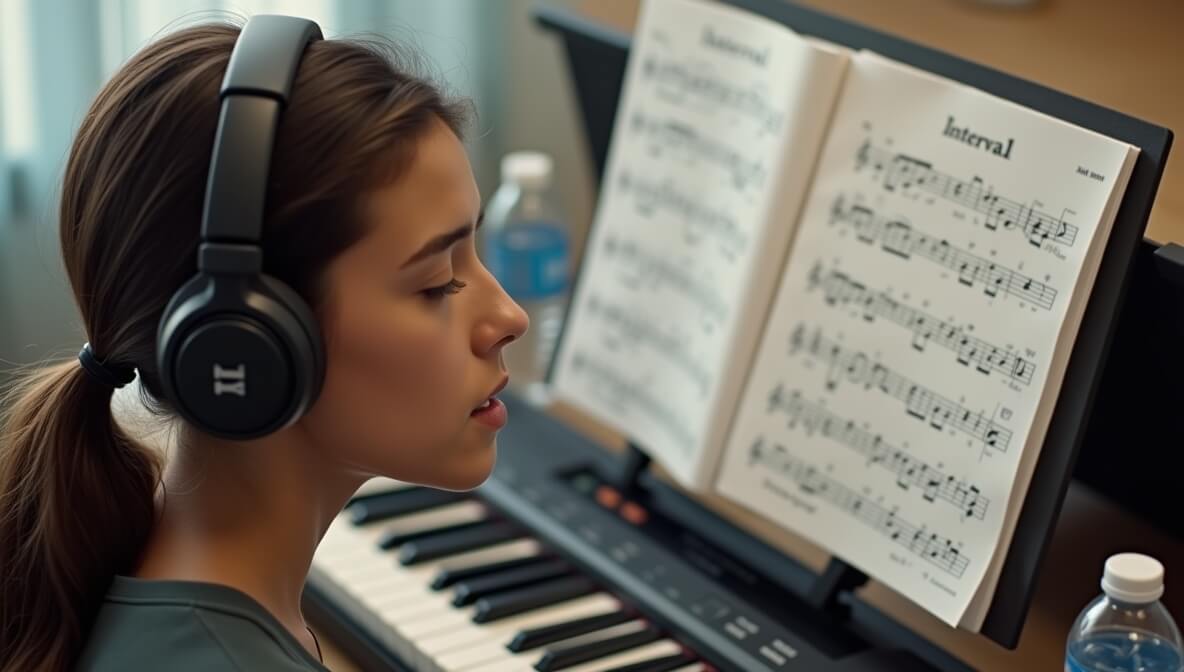August 10, 2025

While perfect pitch often gets the spotlight, the truth is, most working musicians rely on something far more useful in everyday playing: relative pitch. It’s the key to playing by ear, improvising, and understanding how music fits together — and best of all, you can learn it.
Relative pitch is the ability to identify musical notes and intervals by comparing them to other known notes. Instead of hearing a note in isolation and naming it (like with perfect pitch), you hear the distance between notes — known as intervals — and use that relationship to understand or reproduce music.
For example, if you hear the note C followed by E, and you can tell that the second note is a major third above the first, you're using relative pitch.
Musicians use relative pitch to:
This isn’t just a theory skill — it’s one of the most practical tools a musician can develop.
Perfect pitch is the ability to recognize or reproduce a note without any reference — you hear a note and instantly know it’s an F♯, for example. It’s rare, often innate, and not considered necessary for most musicians.
Relative pitch, on the other hand, is a learned skill. Rather than identifying notes in isolation, you learn to identify the spacing between them. That’s the foundation of harmony, melody, and real-world musical application.
In short:
Most musicians — even professionals — rely on relative pitch more than perfect pitch.
Yes — absolutely.
You don’t need to be a prodigy — you just need 10–15 minutes a day.
You can start seeing progress in just a few weeks, especially if you practice every day.
Progress depends on consistency, not talent.
Relative pitch isn’t just a theoretical concept — it shows up every time you play, sing, or listen to music. Here’s what it empowers you to do:
It’s a tool for creativity, communication, and confidence.
If you're ready to build relative pitch, here’s how to start:
If you’re working on your ears and musicianship, these might help:
Relative pitch isn’t a gift — it’s a skill. And like any skill, you can build it.
Whether you're a producer, instrumentalist, or singer, training your ear will make you a better musician in every sense. So start today, even if it’s just one interval at a time — your musical brain will thank you.
Stay up to date with the latest tips, expert insights, product reviews, and step-by-step guides to help you grow, create, and succeed—no matter your industry or passion.